When customers come to you with questions, problems, or new equipment needs, having a working knowledge of hydraulic system components is incredibly helpful. Distributors who understand the basic components of a hydraulic system are better equipped to:
In this guide, we’ll walk through the five basic hydraulic system components you’ll find in most applications, along with the supporting parts that keep everything running smoothly.
Whether you're troubleshooting a failure, spec'ing a system, or just want to strengthen your understanding of hydraulic system parts, this breakdown will help you better serve your customers and protect the systems they rely on.
Understanding the fundamental components of hydraulic systems is critical for effective sales, service, and customer support. Below, we break down the five key hydraulic system parts in almost every setup.
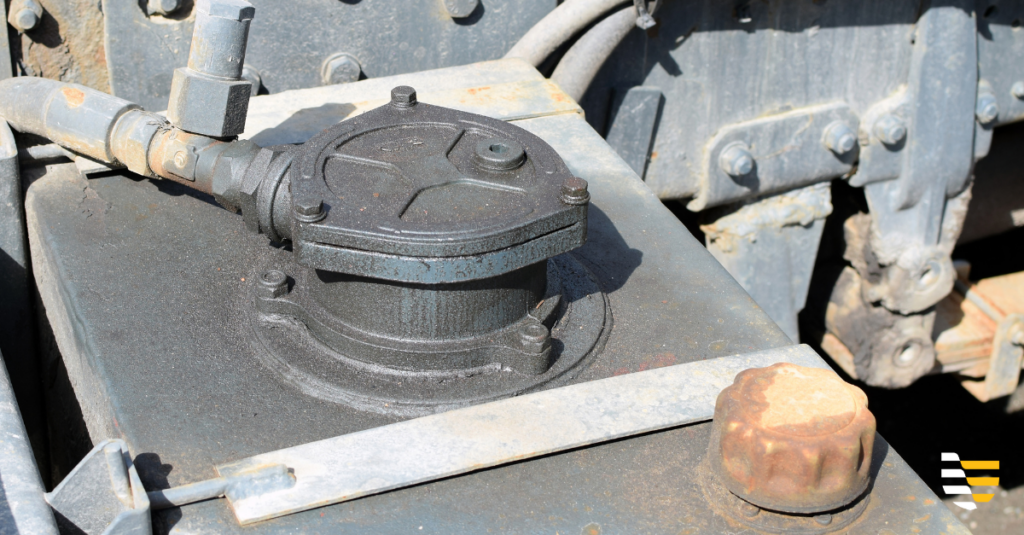
The reservoir tank is the starting and ending point for hydraulic fluid in a closed-loop system. While it might seem like a simple storage container, its role is much more dynamic.
Here’s how the reservoir supports the system as a whole:
By combining storage, cooling, and fluid conditioning in one component, the reservoir plays a central role in maintaining the health and performance of the entire hydraulic system.
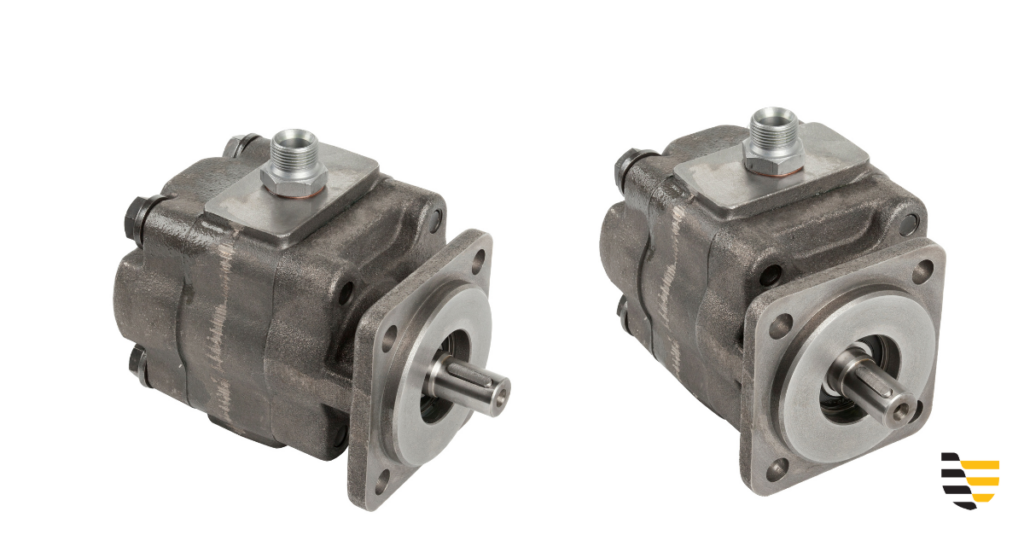
The hydraulic pump is the heart of the system. It transforms mechanical energy (from an electric motor or engine) into hydraulic energy by pushing fluid into the system under pressure.
There are several types of pumps used depending on the system’s complexity and pressure requirements:
Without the pump, fluid wouldn’t move, and the system wouldn’t function. This makes it one of the most critical components of a hydraulic system.
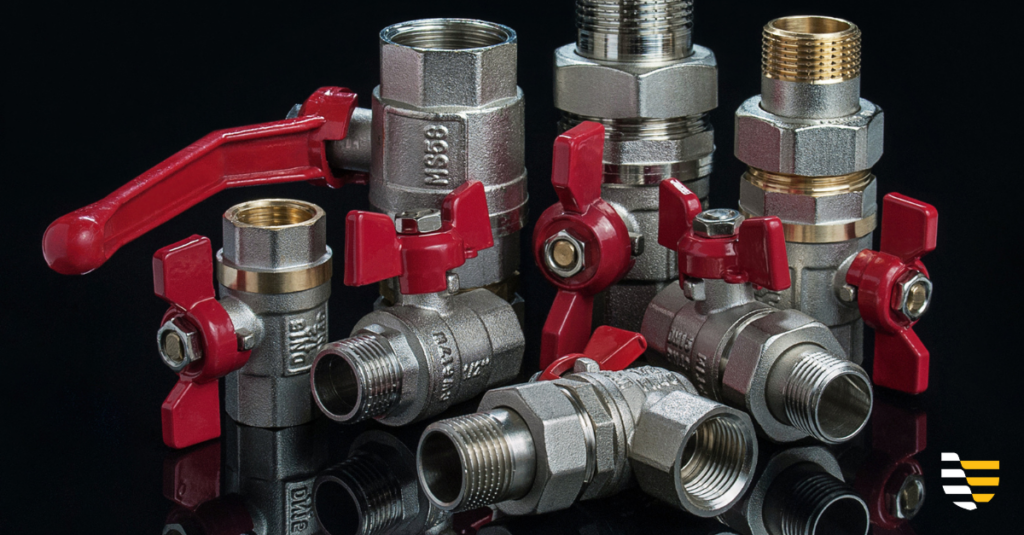
Valves are responsible for directing hydraulic fluid to the right components at the right time. They regulate pressure, control flow rate, and manage the direction of fluid movement.
Common types include:
Valves are important hydraulic system components because they provide greater control, enabling the system to perform multiple tasks or adjust under varying load conditions.
For example, our high-pressure 2 and 3-way BKH and BK3 Series Ball Valves are integral to many systems. If fine-tuned flow control in compact spaces is necessary, needle valves such as our PC-100 give users the precision they need for high-performance applications.
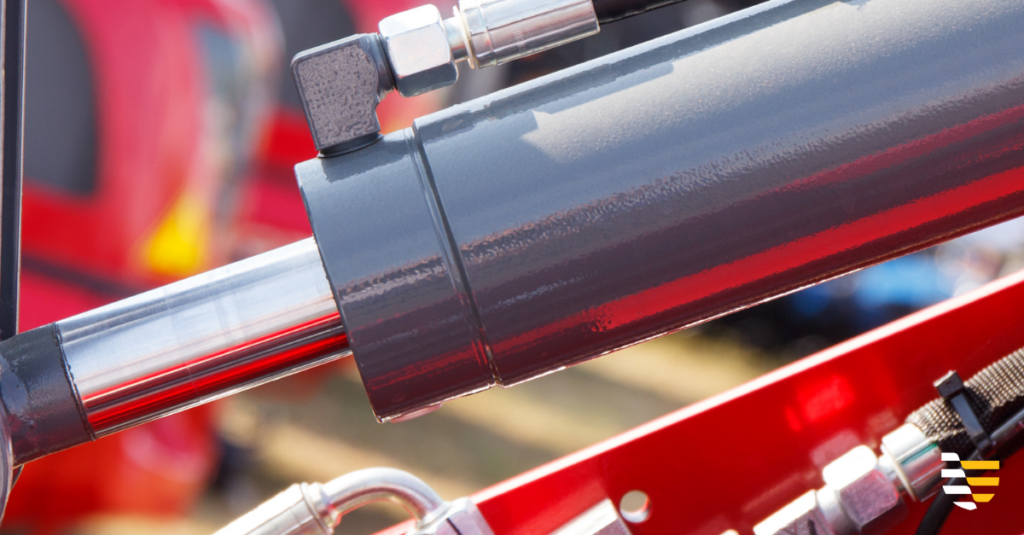
Actuators do the heavy lifting. They take the pressurized fluid and convert it into motion, which can be linear or rotary, depending on the application.
There are two main types:
Hydraulic cylinders convert fluid pressure into straight-line (linear) force and motion. They’re ideal for lifting, pushing, or pressing and are the most common type of actuator.
You’ll find them in construction equipment, manufacturing machinery, and vehicle lifts.
Hydraulic motors convert fluid pressure into continuous rotational motion. They're used in applications requiring continuous rotation, like conveyor systems, winches, and drilling equipment.
There are also semi-rotary actuators (rotary vane actuators) that convert hydraulic energy into limited rotary motion of less than 360°.
Actuators are the most visible working components in hydraulic systems, and selecting the appropriate type ensures precise, reliable operation.
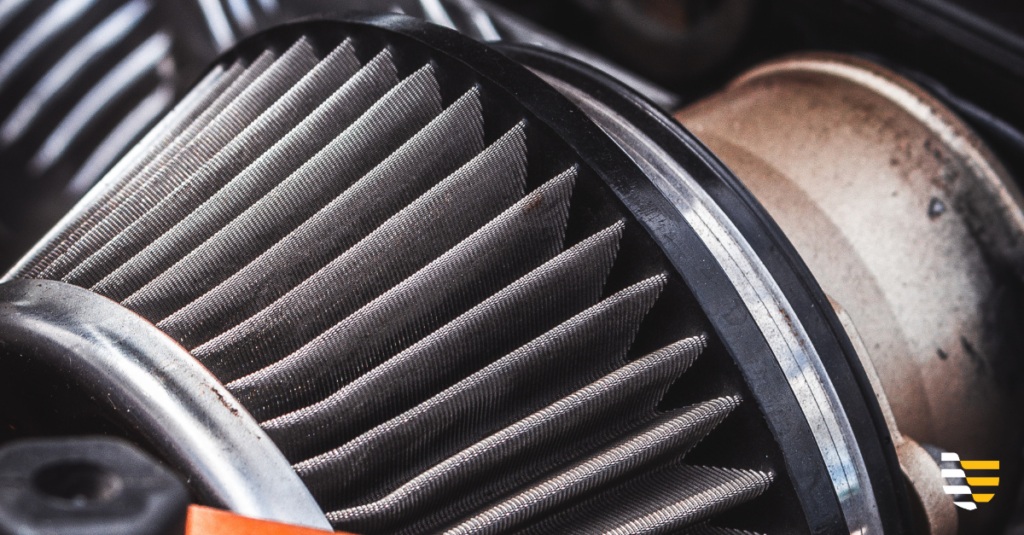
Hydraulic systems operate under high pressure, which means even small contaminants can cause Hydraulic systems operate under high pressure, which means even small contaminants can cause significant damage. That’s where filters come in.
Filters remove particles, metal shavings, and other debris from the fluid to:
Most systems include a combination of suction filters, return-line filters, and breather filters to keep fluid clean throughout the cycle.
While the five core components form the backbone of every hydraulic system, supporting parts can play critical roles in maintaining system performance, safety, and efficiency.
Knowing how these components function can help you recommend the right solutions and troubleshoot issues.
Parts to be familiar with include:
Hoses and pipes transfer fluid between components. Hoses offer flexibility for moving parts, while pipes provide durability in fixed setups.
Couplings connect hoses to components and enhance system reliability. 90° couplings like the FF90 Series improve routing, minimize hose stress, and eliminate extra adapters.
Pressure regulators maintain safe, consistent pressure to protect the system from pressure spikes. They keep everything running smoothly under changing load conditions.
Power sources are also needed to drive the hydraulic pump, along with coolers and heaters that regulate fluid temperature. To keep everything running at peak performance, tools like a hydraulic pressure test kit can help diagnose issues across the system.
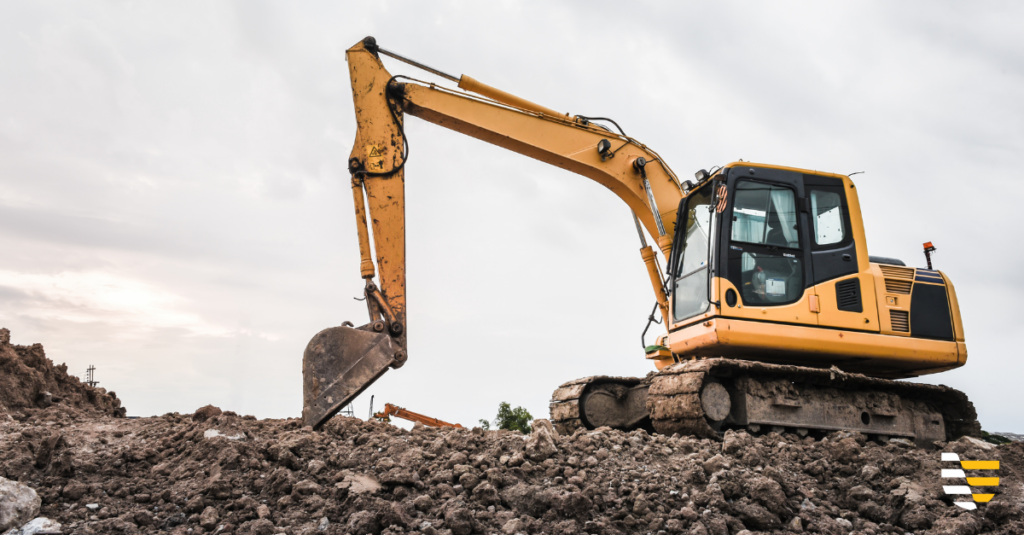
Understanding how each component functions is important, but knowing how they work together is what gives you real insight into system performance and problem-solving.
Let’s take a common piece of construction equipment: an excavator. Every time the operator moves the boom, this is what’s happening behind the scenes:
This closed-loop process happens constantly and often rapidly. But here’s the key:
Every detail matters, from the pressure regulator that stabilizes load changes to the couplings that prevent leaks and hose strain. Whether you’re spec'ing parts for a new build or troubleshooting equipment in the field, seeing the system as an interconnected whole helps you make the best recommendations.
Understanding the basic components of a hydraulic system will help you guide your customers toward better solutions. Each part plays a role in system performance.
When one piece underperforms, the whole system can suffer. That’s why your customers rely on you and why PCI is here to support you.
At PCI Hydraulics+, we’re built to be the “distributor’s distributor.” We help you fill inventory gaps, solve customer challenges, and strengthen your reputation as a trusted hydraulic partner.
Whether you need hard-to-find components, faster fulfillment, or technical guidance, our team is here to support you. Contact us, and let’s work together to keep your customers running smoothly.
